Thermocouple Cables
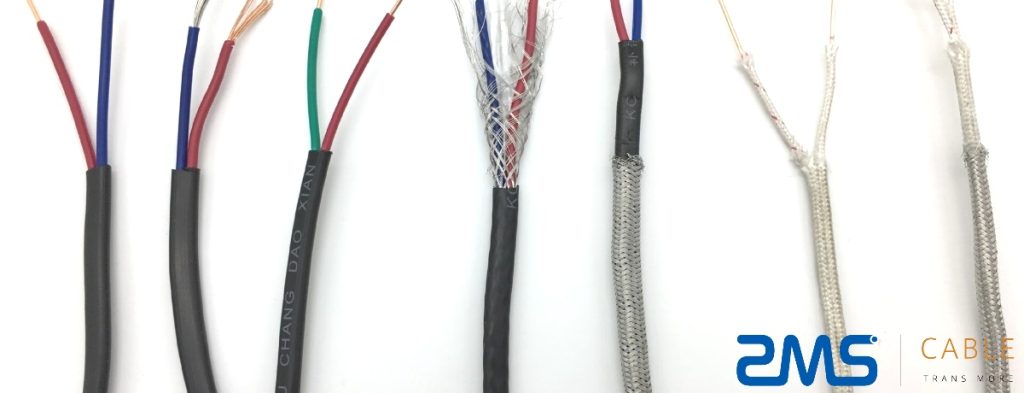
Thermocouple cables are used to connect thermocouples to measuring instruments. Therefore, it must be made of the same material as the thermocouple. Otherwise, the extra thermocouple voltage will eventually lead to distorted measurement. The products are mainly used in various temperature measuring devices and have been widely used in nuclear power, petroleum, chemical, metallurgy, electric power, and other sectors.
VERI Cable is the leading manufacturer. Our thermocouple wire products are available in high value-added high-grade stainless steel and special alloys, steel strip-based systems, and industrial heating solutions. More moisture proof、hermetically sealed metal sheath、higher output per meter. We manufacture many Thermocouple wire types. Including k-type thermocouple wire, j-type thermocouple wire, t-type thermocouple wire, etc.
- Product Types Description
Product Name: Type K/J/T/E/R mi thermocouple cable for thermocouple probe
Type: K, J, T, E, R, etc
Insulation Material: 99.6% high purity MgO
Core Number: 2 wires, 3wires, 4wires, 6wires
Sheath Materials: SS304, SS321,SS316L,SS310S, SS347, INCL600, ETC.
Diameter(mm): From 0.25mm to 12.7mm
Application: Connecting with thermocouple and instrument machine.
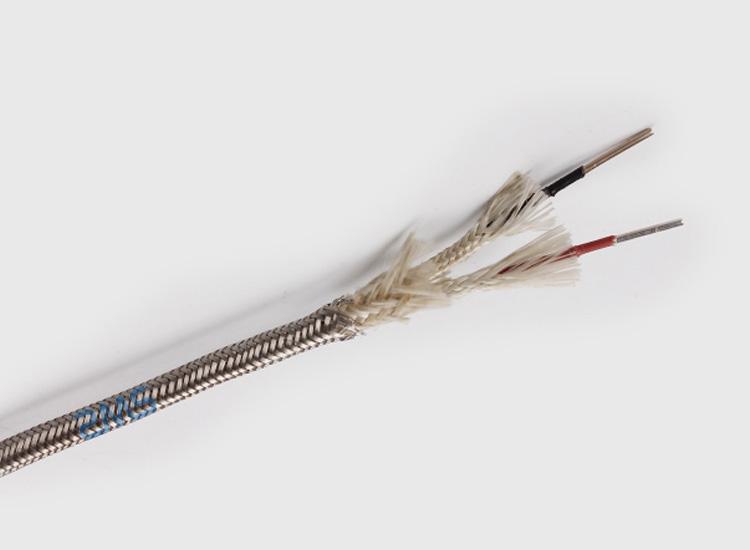
KX Type Thermocouple Extension Wire
1. FB insulation + FB insulation + SS braid
2. Conductor: NiCr-NiSi
3. Color: Red +, Black – 4. Size: 2*7*0.2mm
(FB means fiberglass, SS means Stainless steel)
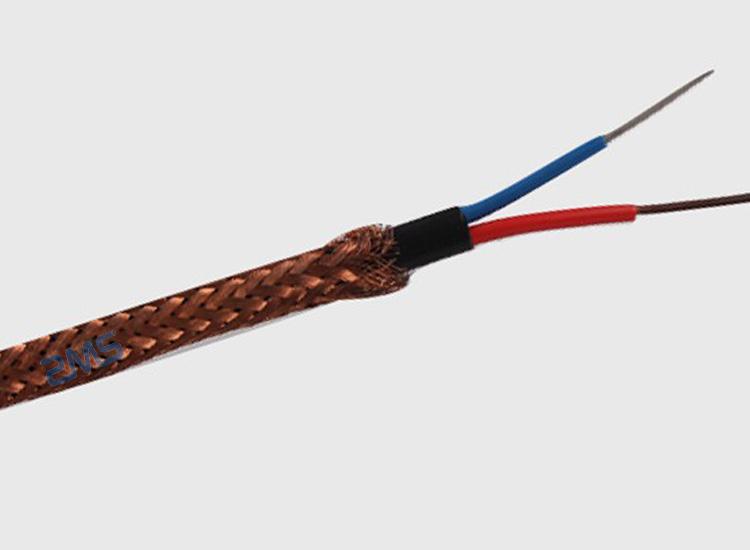
KC Type Compensation Wire
1. PVC insulation + Cooper wire braid
2. Conductor: Cu-CuNi
3. Color: Red +, Blue –
4. Size: 2*1mm
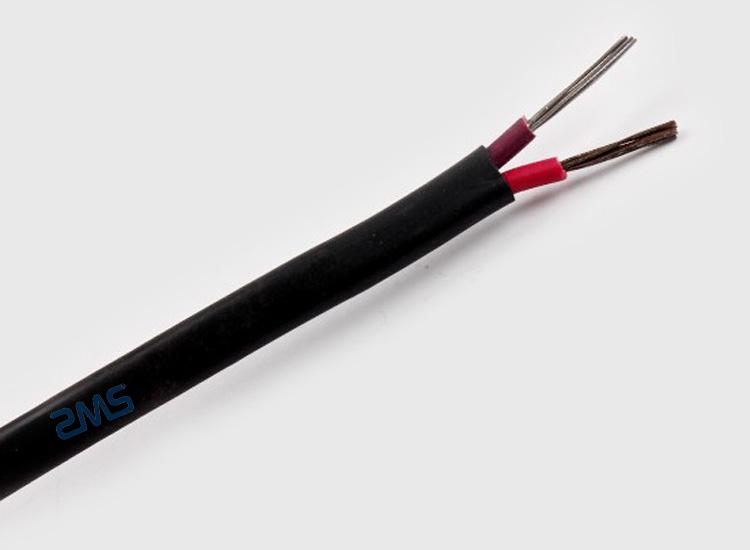
JX Type Thermocouple Extension Wire
1. PVC insulation + Silicone rubber
2. Conductor: Fe-CuNi
3. Color:Red +, Purple –4. Size: 2*7*0.3mm
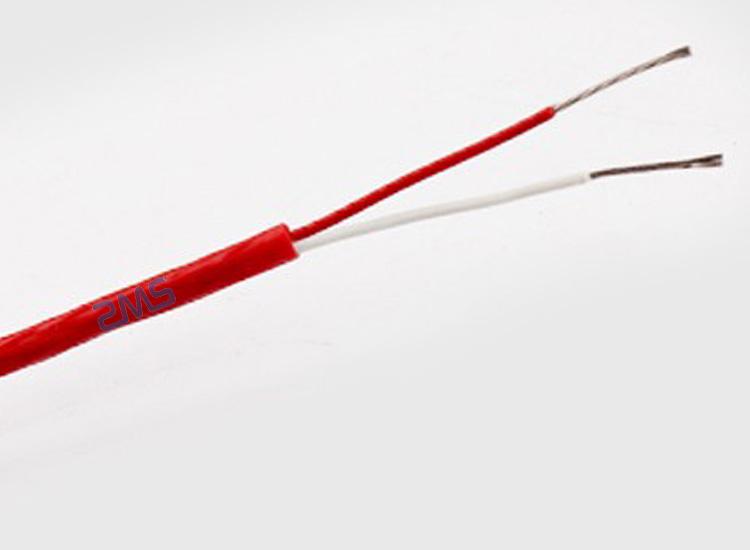
TX Type Thermocouple Extension Wire
1. PVC insulation + PVC insulation
2. Conductor: Cu-CuNi
3. Color:Red +, White – 4. Size: 2*7*0.1mm
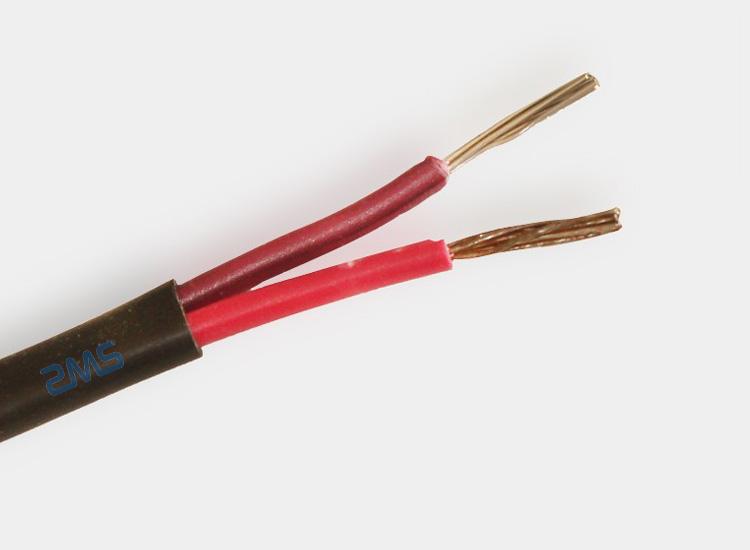
EX Type Thermocouple Extension Wire
1. PVC insulation + Silicone rubber
2. Conductor: Iron-CuSi
3. Color:Red +, Purple –
4. Size: 2*7*0.5mm
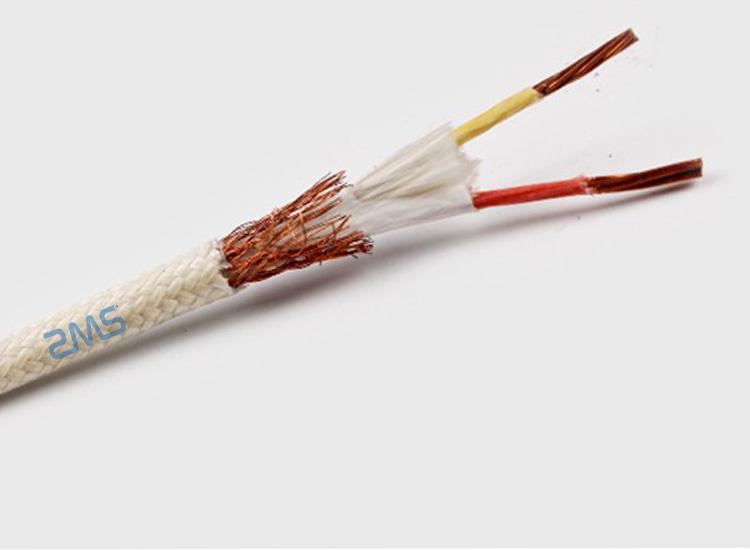
NC Type Compensation Wire
1. FB insulation+Cooper wire braid+FB insulation
2. Conductor: Fe-CuNi
3. Color:Red +, Yellow –
4. Size: 2*7*0.2mm
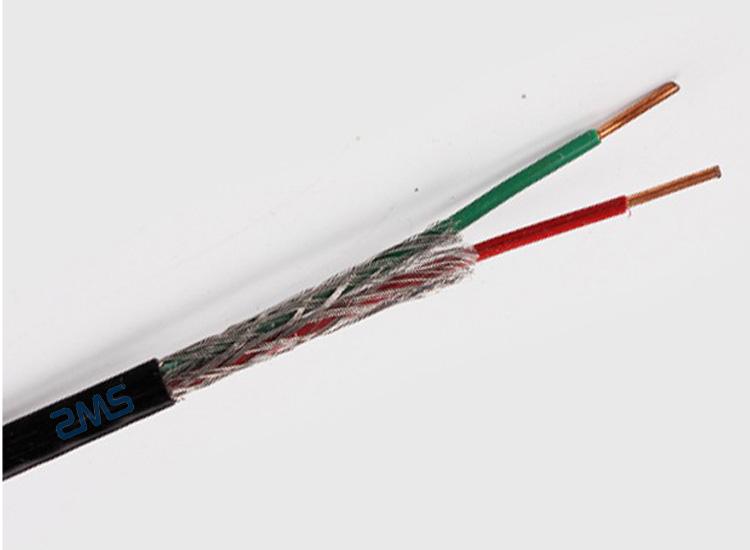
SC Type Compensation Wire
1. PVC insulated +SSbraid+Silicone rubber insulation 2. Conductor: Cu-CuNi 3. Color:Red +. Green-4. Size:2*7*0.2mm
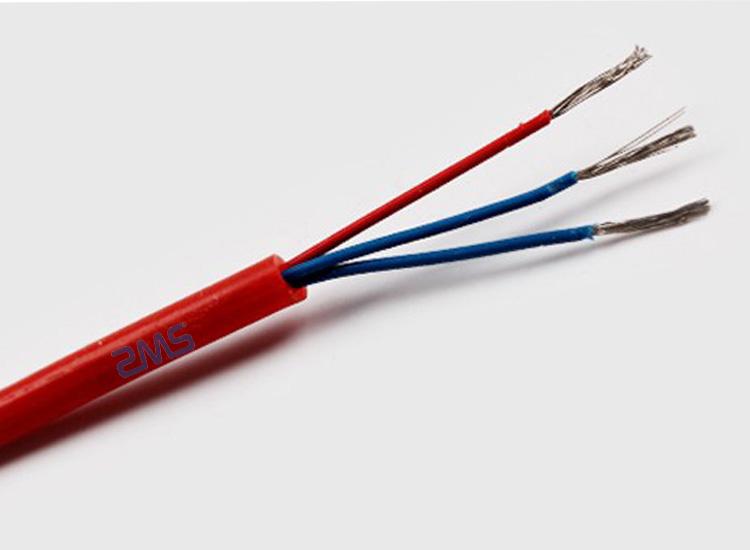
Pt100 Thermocouple Grade Wire
1. PVC insulation + PTFE insulation
2. Conductor: Cu-CuNi
3. Color: Red, Blue, Blue
4. Size: 3*7*0.2mm
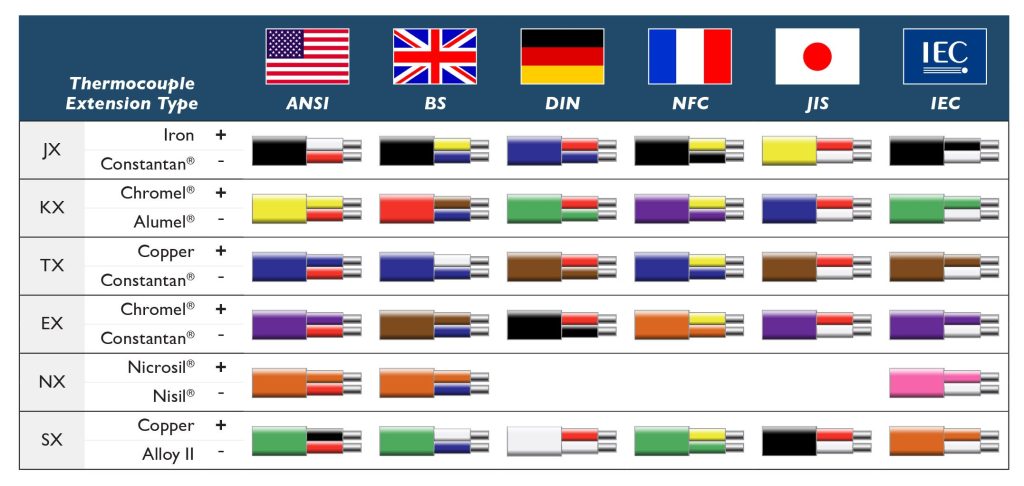
- K type thermocouple wire is a temperature sensor, Type K thermocouple extension wire is usually used with display instruments, recording instruments, and electronic regulators. type K thermocouple typically consists of the main components such as temperature sensing element, mounting fixture, and junction box.
- Because the oxidation resistance of type K thermocouples wire is stronger than other base metal thermocouples, it is most widely used in temperatures above 500°C.
- Type K thermocouple compensating cable are more resistant to oxidation than other combinations (except Type N), so they are recommended for use in oxidizing or inert atmospheres.
- Type K thermocouples offer calibration accuracy, stability, oxidation resistance, high thermoelectric potential, and a reasonable price.
Thermothal P/Thermothal N thermocouples meet all international standards.
- The N-type combination wire is a significant improvement over the K-type combination in terms of electromotive force drift and transient changes in electromotive force. In addition, the N-type has a longer life than the K-type duplex thermocouple due to the improved oxidation resistance of the Nisil negative leads.
- The thermoelectric potential output value of Nicrosil/Nisil is lower than that of K-type, so it is not possible to directly replace K-type with N-type unless the existing instrumentation is modified. However, temperature measurement and control are particularly important in the aerospace, nuclear, and semiconductor industries, so it is unlikely that these industries will turn a blind eye to longer life and better thermoelectric potential stability. And for the industry as a whole, one also needs to save on the inspection, maintenance, and calibration costs of thermocouple-sensing high-temperature measurement devices.
- Type E thermocouple extension wire is the type with the largest electric potential output value of any common thermocouple, and it is sometimes used in thermal power generators (thermopiles). It operates at temperatures up to 900°C and has excellent stability over a range from low temperatures to 300°C.
- The positive pole of this type of shielded thermocouple wire is Thermothal P like the K type, while the negative pole is Cuprothal (EN).
- The N-type combination wire is a significant improvement over the K-type combination in terms of electromotive force drift and transient changes in electromotive force. In addition, the N-type has a longer life than the K-type due to the improved oxidation resistance of the Nisil negative leads.
- The thermoelectric potential output value of Nicrosil/Nisil is lower than that of K-type, so it is not possible to directly replace K-type with N-type unless the existing instrumentation is modified. However, temperature measurement and control are particularly important in the aerospace, nuclear, and semiconductor industries, so it is unlikely that these industries will turn a blind eye to longer life and better thermoelectric potential stability. And for the industry as a whole, one also needs to save on the inspection, maintenance, and calibration costs of thermocouple-sensing high-temperature measurement devices.
- The combination of copper (positive element) and Cuprothal (TN) (negative element) allows this thermocouple to be used in a variety of laboratory and industrial environments in the temperature range of -185°C to +370°C.
- Given the limited oxidation resistance of copper, it is not recommended that this model be used outside of this temperature range. Since any good quality pure electrolytic copper (i.e. pure electrolytic copper according to ASTM standard B3) produces a uniform and constant electric potential with no differences from batch to batch (especially when temperatures are above -185°C), we generally offer only the negative element (Cuprothal (TN).
The Primary Factors Affecting Thermocouple Life
Temperature: If the temperature rises by 50 °C, then the thermocouple life will be shortened by about 50%.
Diameter: If the wire diameter doubles, then the thermocouple life will be extended by 2 to 3 times.
Thermal Cycling: If the thermocouple is subjected to thermal cycling from room temperature to over 500 °C, then the life of the former will be reduced by about 50% compared to a thermocouple used continuously at the same temperature.
Protection: If the thermocouple is covered with a protective sleeve and placed in a ceramic insulator, then its life will be significantly extended.
Thermocouple Compensation Wire Instructions For Use
Select the thermocouple compensation wire to know the thermocouple compensation wire in the ambient temperature and site mining conditions, according to the site ambient temperature situation to choose the appropriate compensation wire sheath, the general ambient temperature in -25 ~ 105 ℃, choose polyvinyl fluoride sheath, the ambient temperature in -60 ~ 205 ℃, choose polytetrafluoroethylene as compensation wire sheath, and in -60 ~ 260 ℃, choose Polytetrafluoroethylene as a thermocouple compensation wire sheath. So in the selection must pay attention to the site mine situation.
Notes On Thermocouple Compensation Wire
Selection of Thermocouple Compensation Wire
Thermocouple compensation wire must be used according to the type of thermocouple used, and the occasion used to make the correct choice. For example, k-type couples should choose k-type couples compensation wire, according to the use of the occasion, and choose the operating temperature range. Usually, kx working temperature of -20 ~ 100 ℃, a wide range of -25 ~ 200 ℃. The error of the ordinary level is ± 2.5℃, and the precision level is ± 1.5℃.
Contact Connection
With the thermocouple terminal 2 joints as close as possible, try to keep the temperature of the two joints the same. Connected with the instrument terminals as much as possible at the same temperature, the instrument cabinet has a fan, and the contact point should be protected from the fan blowing directly to the contact point.
Use a Length
Because the thermocouple signal is a very low, microvolts level, if the distance used is too long, the attenuation of the signal and the environment of strong electrical interference coupled, enough to make the signal distortion of the thermocouple, resulting in an inaccurate measurement and control temperature, in control of serious temperature fluctuations.
According to our experience, usually using the thermocouple compensation wire length control within 15 meters is better, if more than 15 meters, it is recommended to use the temperature transmitter for signal transmission. A temperature transmitter is the temperature of the corresponding potential value into DC current transmission, strong anti-interference.
Wiring
Armored multicore thermocouple wire or compensation wiring must be away from power lines and interference sources. In places where crossing can not be avoided, also as far as possible use the cross way, not parallel.
Shielded Compensation Wire
In order to improve the anti-interference thermocouple connection line, you can use a shielded compensation wire. For the scene with more interference sources, the effect is better. However, the shield must be strictly grounded, otherwise, the shield not only does not play the role of shielding but enhances the interference.
Thermocouple Compensation Wire Temperature Measurement Principle
The role of the thermocouple compensation wire is to extend the hot electrode that moves the cold end of the thermocouple and display instrumentation connected to form a temperature measurement system. Products are mainly used in a variety of temperature measurement devices and have been widely used in petroleum, chemical, metallurgical, electric power, and other sectors.
Generally speaking, the thermocouple may be tens of meters away from the temperature measurement table. And the cold end of the thermocouple (out of the line end) temperature and temperature measurement table ambient temperature are different (even up to tens of degrees).
If you use ordinary copper wire, according to the thermocouple principle, the wiring will produce a temperature difference potential, which will produce measurement errors.
Long-distance transmission wire pressure drop problem, because the temperature meter input impedance is high. The temperature difference potential generated by the thermocouple (millivolt level) transmission current (micro-A level) is very small, and the pressure drop loss on the wire is very small, in general, within the error range. So there are thermocouple transmitters, input thermocouple signal, and output 4-20ma so that you can do not want to compensate for the wire, you can also be transmitted over long distances.
If the use of compensation wire (must match the thermocouple index number), is selected metal material and can produce the smallest possible temperature difference potential at the wiring to minimize the temperature measurement error. In other words, the cold end of the thermocouple is moved to the temperature measurement table.
Excellent Service of VERI Cable
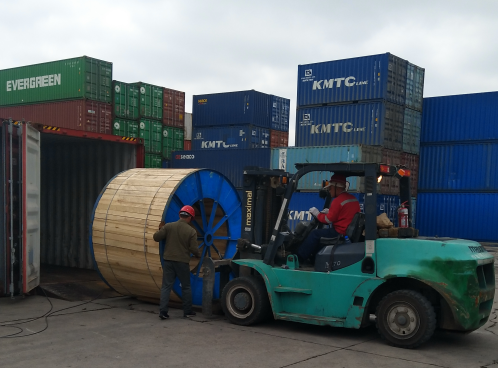
VERI Cable has multiple ways to protect your cables, with sturdy and professional shipping packaging and comprehensive insurance. Before shipping, our cables are packaged in wooden reels and corrugated box coils. During transportation, to protect the cable ends from moisture, we seal them with BOPP self-adhesive tape and non-hygroscopic.
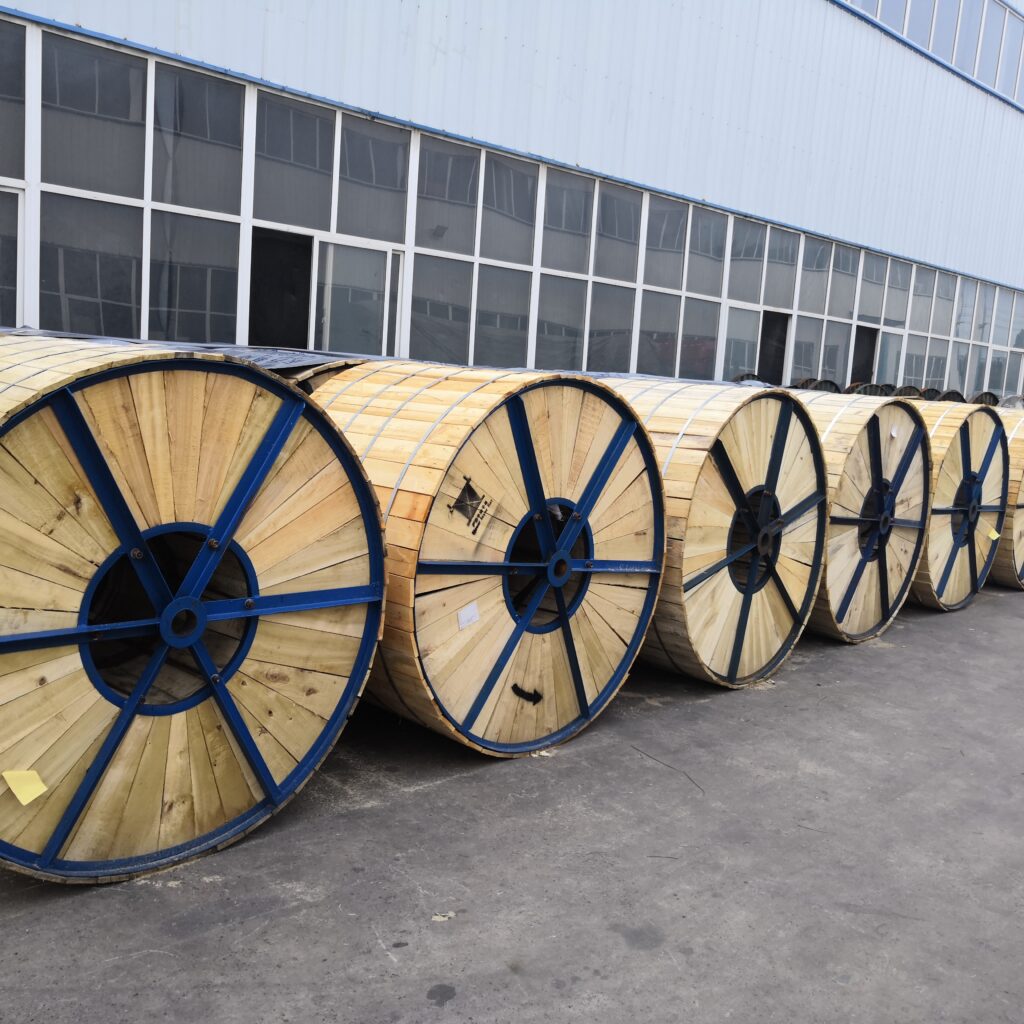
If there are quality problems such as damaged packaging and product surface damage on the spot when the goods are received, if the goods are confirmed to be true, the goods do not match the order, and the quality problems found by the customer during the installation, laying and use process are confirmed to be the quality problems of the product itself, If the delivery is not in accordance with the contract requirements, please contact our company directly.